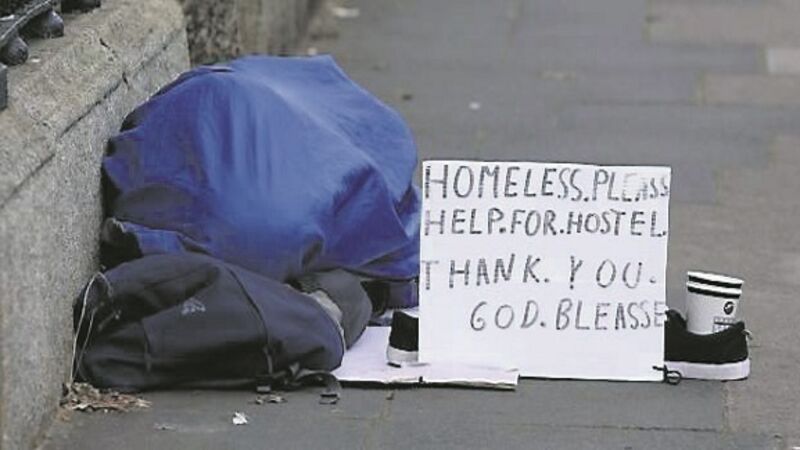400% rise in number of homeless attending A&Es

Dr Anne O’Farrell of the HSE’s Health Intelligence Unit led a team, including a representative of homeless charity Focus Ireland, which looked into in-patient admissions to acute hospitals for people of “no fixed abode” between 2005 and 2014.
Over the study period there were 2,051 in-patient emergency admissions for people in that category. There was a 406% increase between 2005 (78 cases) and 2014 (395 cases). The research also highlighted the extent to which the homeless level is concentrated in the capital — 370 of the 395 cases in 2014 were admissions to Dublin hospitals.










